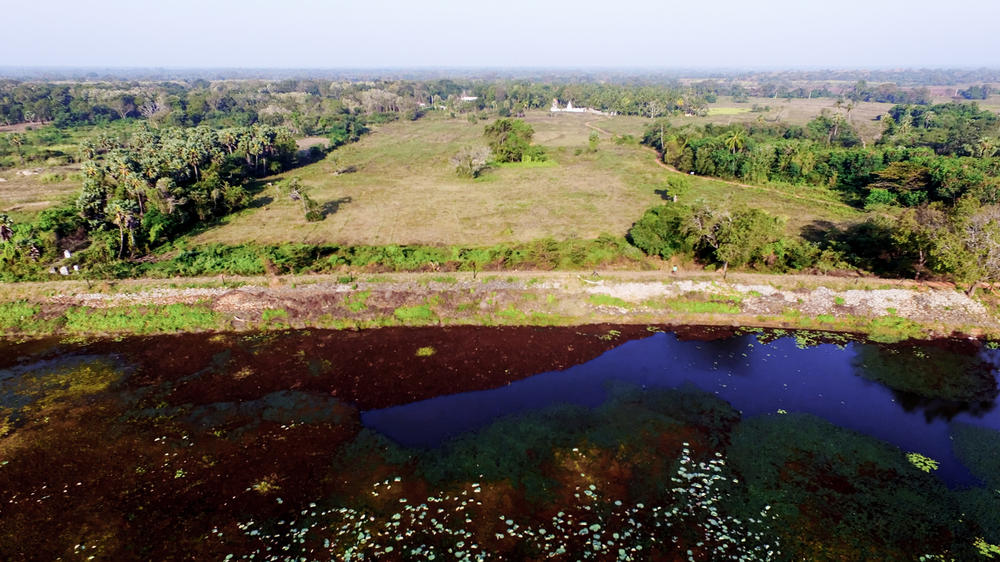Water distribution through the Bethma system
Organizational measures were designed to ensure equal water distribution for head- and tail-enders in times of hardship to counter the physical nature of water flow. One example of such a measure is the bethma system.
In times of insufficient wewa water after weak monsoons, only head-enders receive sufficient water for cultivation. In order to balance out this inequality towards tail-enders, the upper paddy fields of the head-enders are allocated to all cultivators proportionally. This ensures that tail-enders get a portion of a head-ender field so they can still cultivate in seasons of scarcity (Pfaffenberger 1990: 374).
If community members have good relations and acknowledge their interdependence, they can negotiate and bargain to create a solution that is profitable to all. Bethma is a popular practice in the whole Dry Zone and therefore goes far beyond the coping capacity of a single village but rather represents an institutional tool of adaptation in times of scarcity. It lowers the impact on a single person and maintains harvest for the community as the harvest from fields that are still cultivatable is shared equally among the community. According to Leach (1961), the earliest evidence of bethmadates back to 1861 and it was possibly an unintended invention of the British interference with water administration (Leach 1961: 170).
Bethma, social cohesion and cooperation
Uphoff et al. (1990) discovered that whether Sri Lankan communities prefer the Farmer Organizations or irrigation headmen depends on the amount of conflict within a community. When there is conflict and village cohesion is weak, the vel vidane as the irrigation headman tends to have more influence and decisive power than the FO because the community members cannot bargain efficiently with one another. Bethma, however, requires cooperation between the vel vidane and FO members in order to negotiate the subdivision. It is up to the vel vidane to divide the paddy fields into subfields in order to meet everyone’s water needs and still preserve wildlife without draining the wewa. After all, it is his job to estimate how much water can be used each season. Bethma might not be implementable in times of absolute drought, but there are many different scales of water scarcity, ranging from little to absolute insufficiency and the bethma system was engineered as a tool of flexible adaptation exactly adjusted to the actual level of water scarcity.
Potential conflicts in the bethma system
While the bethma system assures cultivation for everybody, it also reinforces existing inequalities (Uphoff et al. 1990: 30). It does not question the privilege of upper field cultivators because their fields are allocated to tail-enders only temporarily and the subdivision takes place in proportion to the size and position of the disadvantaged field.
Edmund Leach (1961: 171) observed that bethma was a big source of conflict in the village Pul Eliya, since in order to implement bethma, farmers have to subdivide paddy fields democratically in meetings. At such events, the majority can discriminate against a minority by placing them in the worst position within the allocated field, thus reducing their share of water once again. Thus successful bethmaimplementation depends highly on the social cohesion of the village. When community members do not get along well, they are less likely to work with each other effectively and do not implement bethma because of disagreements that lead to an inability to democratically allocate shares of land (Truelove et al. 2015: 86).
